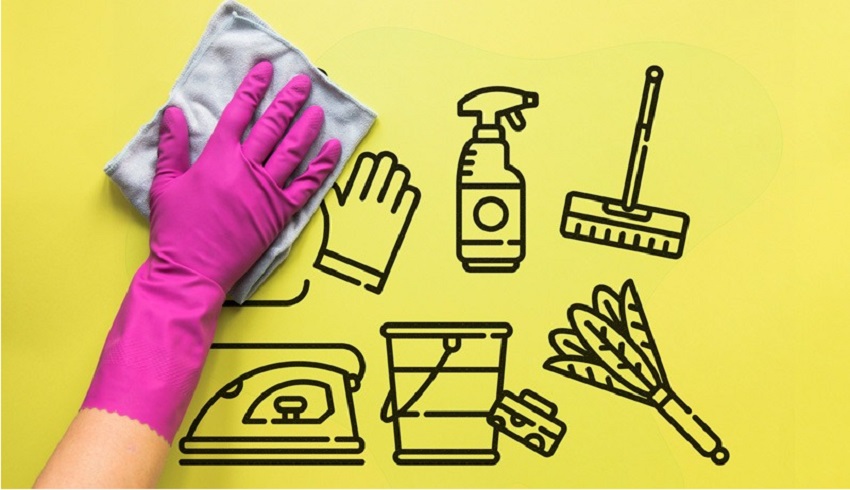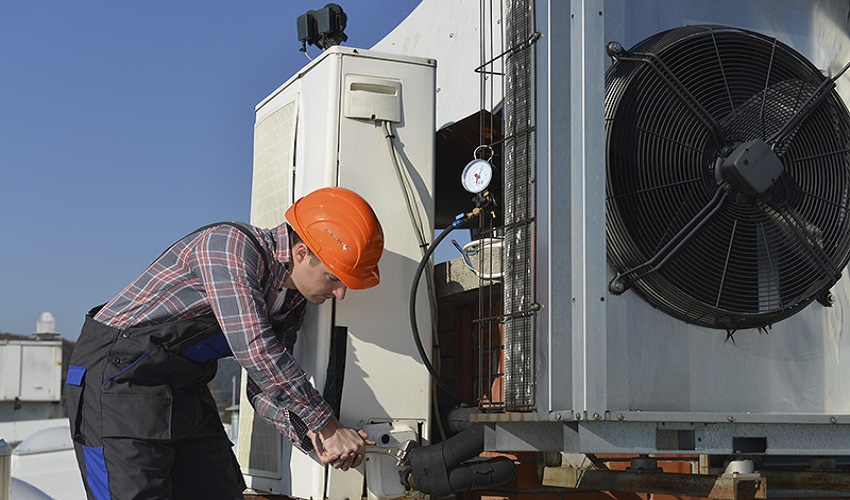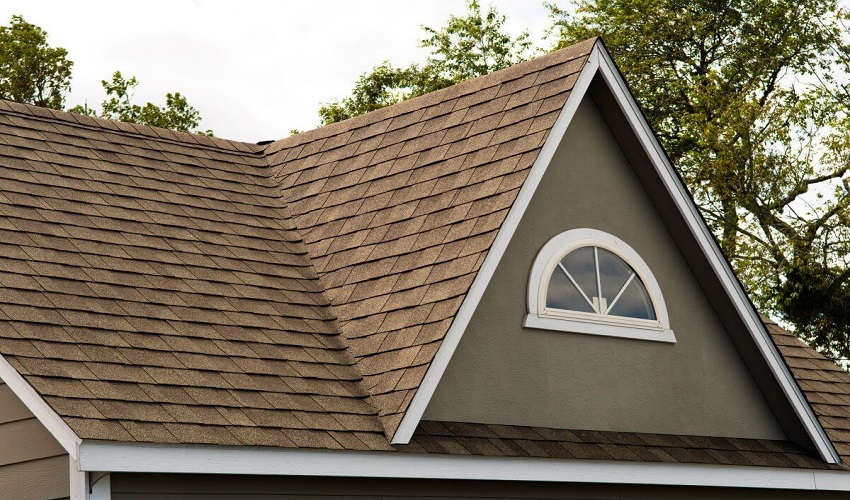Christmas is a time to gather with family and friends to celebrate. One of the customs is to exchange Christmas sweaters. Many individuals treasure this item and retain it for many years.
However, if your sweater has lights on it, it must be hand cleaned by someone who understands how to do it properly in order for the lights to remain visible. If you read the post, you will learn how to wash a Christmas sweater with lights.
What is a Christmas sweater with lights, and why should you care about how to wash it?
Exchanging gifts is one of the most popular Christmas customs. A Christmas sweater with lights is one of the most popular presents to offer throughout the holiday season.
While many people like wearing these sweaters, many are unaware of how to wash them correctly to keep them looking their best. When shopping for a Christmas sweater with lights, consider the materials utilized to make the garment.
The bulk of Christmas sweaters are made of wool, which is tough to maintain. Wool is inherently strong and resistant to liquids, but it also readily absorbs moisture. If you intend to wear your Christmas sweater frequently, it is essential to follow correct cleaning guidelines to keep it looking its best for years to come.
How do you wash Christmas sweaters?
Christmas sweaters are a popular holiday clothing item. They may be worn both indoors and outside and are ideal for keeping people warm. However, if not properly washed, they may get filthy rapidly. Depending on the type of sweater and how unclean it is, there are several ways to wash Christmas sweaters. Here are some pointers:
- Hand wash in cool water with a mild soap if the sweater is knit. To avoid creases, gently squeeze out the water and hang or lay the sweater to dry.
- If the sweater is acrylic or nylon, machine wash in cold water with a moderate detergent and spin dry low. Fabric softeners and bleach should not be used since they will harm the sweater.
Can you wash a Christmas sweater in the washing machine?
Is washing a Christmas jumper in the washing machine safe? Some experts believe it is OK to machine-wash your holiday attire in lukewarm water on a moderate cycle. However, do not wring the item out or use a strong spin cycle since these acts may cause fabric damage. Hand-washing this item may also be preferable if you can handle it without destroying it.
How do you wash light up clothes?
Washing light up Christmas clothes can be a challenge. Follow these tips to make the process easier:
- Start by sorting the clothes by color. Whites should go in one load, pinks in another, etc.
- Use a gentle detergent and cold water.
- Don’t use fabric softener or bleach.
- Hang the clothes to dry.
How often do sweaters need to be washed?
Sweaters are one of the most commonly used articles of apparel. They are frequently used in chilly weather and are readily soiled. Unless your sweater is filthy, the rule of thumb for washing sweaters is every 2-5 wears. If you want to use your sweater more than once a week, it is preferable to wash it after each use.
Tips for keeping your Christmas sweater with lights looking new
Christmas is a season of giving, and what better way to offer than with a beautiful Christmas sweater? If you don’t want your sweater to seem worn out, here are some suggestions for keeping your Christmas sweater with lights looking new.
- Check that the lights are in excellent working order. It will be tough to maintain the sweater looking new if they stop operating correctly or begin to break out.
- Keep the lights clean on a regular basis. If dust collects on the lights, they will become less effective and may eventually need to be replaced.
- Avoid wearing the sweater all the time. If you just wear your Christmas sweater once or twice a year, it will last considerably longer and will not need to be washed as frequently.
What is the best detergent to wash sweaters in?
If you use the wrong detergent, your sweaters will come out clumpy and full of dirt and lint. To avoid damaging your sweaters, use a soft detergent, such as Tide. Here are three safe detergents for cleaning sweaters:
Tide – A well-known, mild all-purpose detergent that may be used on a wide range of materials.
Lysol is a home cleanser that is excellent for cleaning surfaces and garments.
Pine-sol – A natural cleanser derived from pine trees that is excellent for eliminating oils and grease.
In Final Words
Give your Christmas sweater a little wash to keep it looking fresh! Not only will this make the colors appear brighter and more brilliant, but it will also keep you warm on those chilly winter days. So go ahead and get organized for those Christmas festivities, as well as tidy up your sweater.










